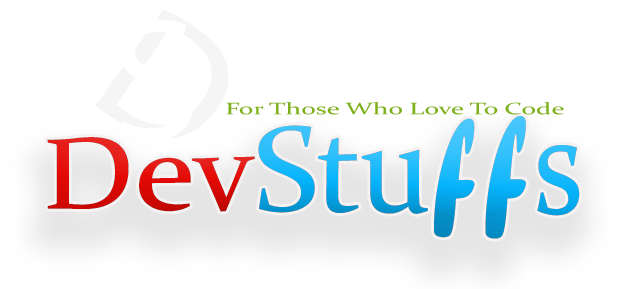Top CSS tools for Website Designers
From CSS menus, animation to 3D objects on websites, web designers today create all of them. Manually creating these can be a little time consuming and require more knowledge about CSS, with this list of handful websites you can create the desired effect for your project in just minutes using a sleek user interface and increase your productivity.
- Spritemapper: Merge multiple web pages into one.
- Buttons: Create highly customisable, modern and flexible web buttons.
- CSS Matic: This non-profit CSS tool can be used as a gradient generator for creating amazing gradients.
- Layer Styles: Use this HTML5 app for an intuitive approach towards CSS3.
- CSS Menu Maker: Use this tool if you need to create custom CSS drop down menus easily.
- PCSS: You can use this PHP-driven CSS Preprocessor to define variables, nest classes and other things that allow CSS code to be written quickly.
- CSS Compressor: Increase the loading speed and reduce the bandwidth of your webpages.
- Skelton: This tool helps you to easily and quickly develop websites that can adapt to different screen sizes.
- Tridiv: Use this to easily create 3D CSS shapes.
- CSS 3D Transform: This online CSS tool will allow you to perform level Transofrms online.
- CSS3 Fancy LightBox: This tool is very similar to the original Fancy Box tool from the same creators. It just contains more classes.
- Prefixmy CSS: An easy way to prefix CSS code.
- CSS3 Pie: This can be used for putting in useful decorative features on Internet Explorer 6-9.
- Sencha Animator: Create animated images, text and design buttons with emebedded analytics and gradients.
- Patternify: Create beautiful CSS patterns.
- TopCoat: This is a library of CSS classes that contains form elements, sliders, checkboxes and other things.
- EzxtractCSS: Extract ids, classes and inline styles from an online HTML document into a CSS stylesheet.
- Magic: This is a CSS stylesheet, which contains various CSS effects under different categories.
- SkyCSS Tool: This tool allows you to create CSS classes, while almost completely avoiding manuscript code.
- CSS Text Shadow: Use this tool to generate text shadow buttons.
- Responsive Web CSS: This web-based tool will allow you to create a responsive layout skeleton with drag and drops.
- CSS Patterns Gallery: This website displays creative patterns using CSS3.












